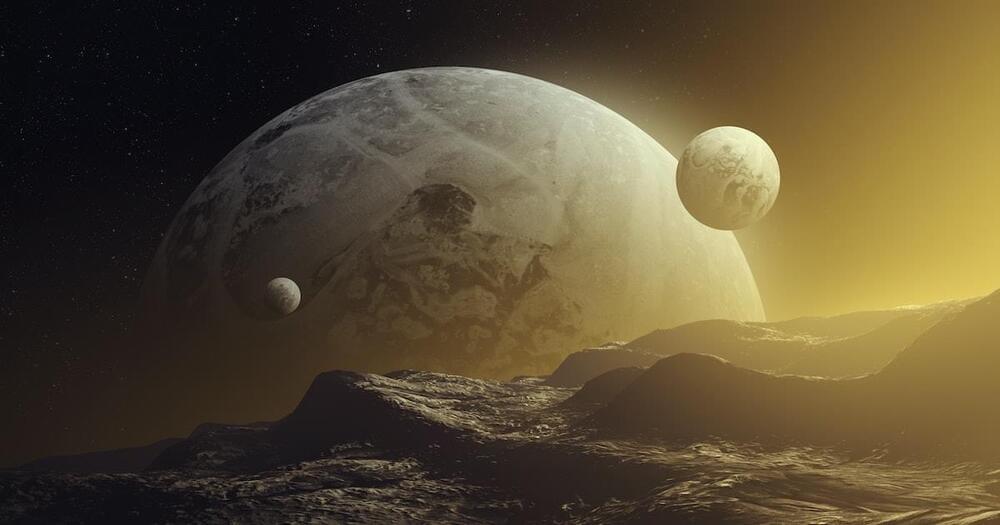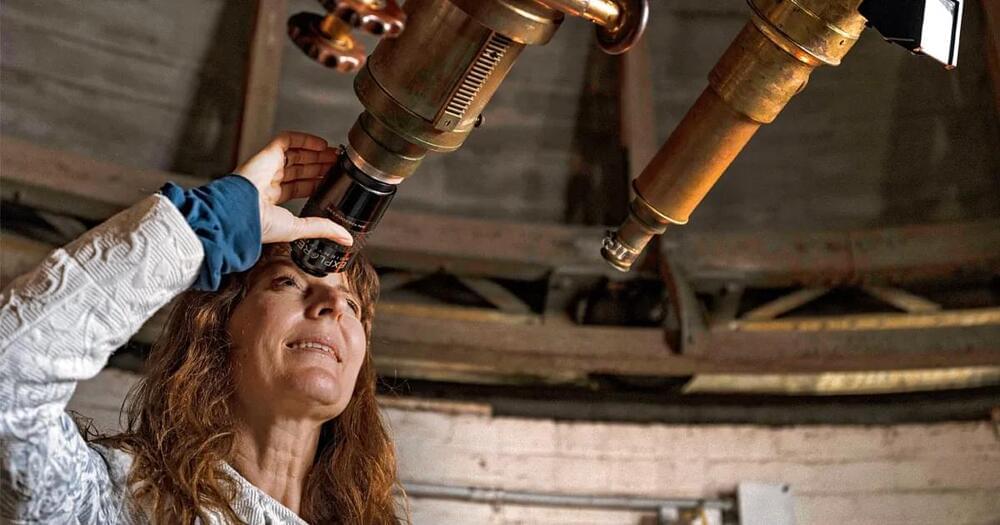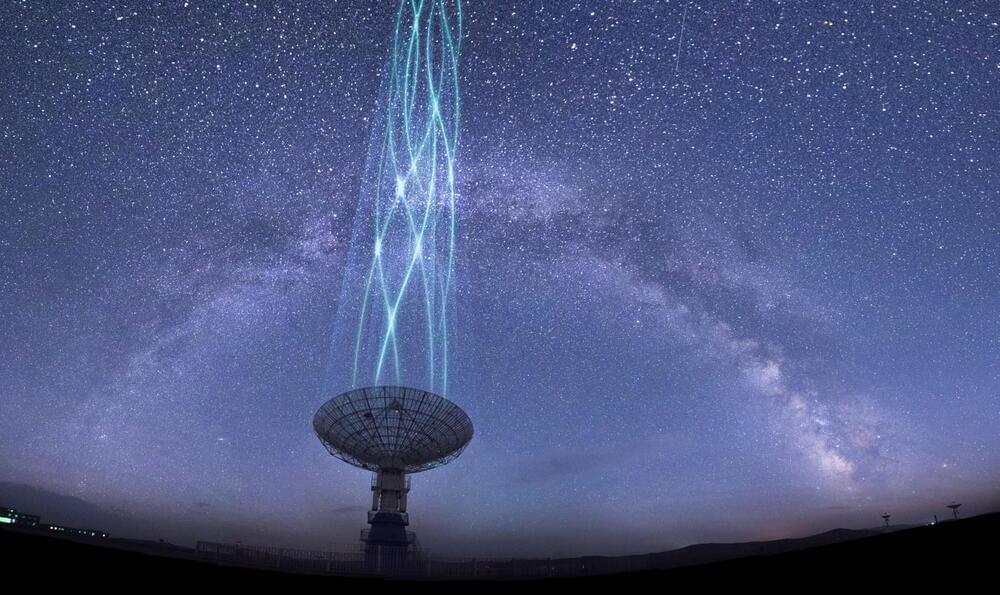Start listening with a 30-day Audible trial and your first audiobook is free. Visit.
http://www.audible.com/isaac or text “isaac” to 500–500.
Our Universe is billions of years older than our planet, and we often contemplate alien civilizations that might have arisen early than us in our galaxy, but just how early could life have arisen?
Visit our Website: http://www.isaacarthur.net.
Support us on Patreon: https://www.patreon.com/IsaacArthur.
Facebook Group: https://www.facebook.com/groups/1583992725237264/
Reddit: https://www.reddit.com/r/IsaacArthur/
Twitter: https://twitter.com/Isaac_A_Arthur on Twitter and RT our future content.
SFIA Discord Server: https://discord.gg/53GAShE
Listen or Download the audio of this episode from Soundcloud:
Episode’s Audio-only version: https://soundcloud.com/isaac-arthur-148927746/civilizations-…ng-of-time.
Episode’s Narration-only version: https://soundcloud.com/isaac-arthur-148927746/civilizations-…ation-only.
Credits:
Civilizations at the Beginning of Time.
Science & Futurism with Isaac Arthur.
Episode 272; January 7, 2021
Produced, Written, and Narrated by Isaac Arthur.
Editors:
Jason Burbank.
Jerry Guern https://www.youtube.com/watch?v=mxgArWbEhZg.
Keith Blockus.
Cover Art:



